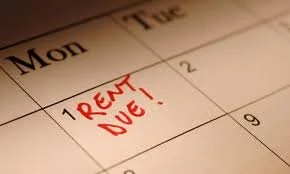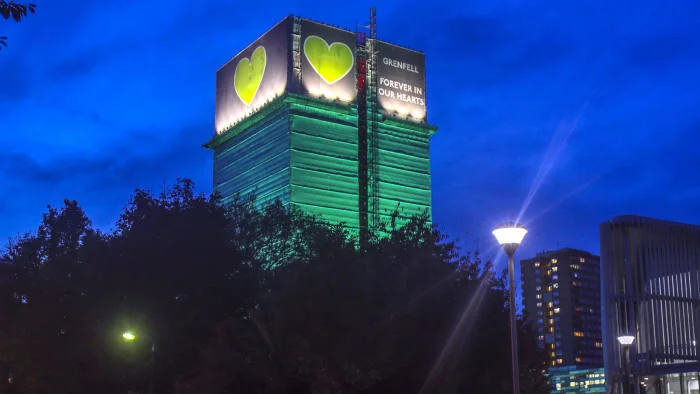Draft Building Safety Bill Published 20 July 2020
First announced in January, the government recently published its draft ‘Building Safety Bill which aims to make residents safer in their homes and deliver the biggest changes to building safety for nearly 40 years… It will improve regulations as the Government seeks to bring forward a “clearer system with residents’ safety at the heart of it” with residents having helped to develop the proposals through engagement groups.’ says Propertymark, the UK’s foremost property association.
Propertymark further explains:
‘Under the new rules, people living in high rise buildings will be empowered to challenge inaction from their building owners, have better access to safety information about their building, and will benefit from a swift and effective complaints process.
A Building Safety Regulator, already being set up within the Health and Safety Executive (HSE), will be established and equipped with the power to hold building owners to account or face the consequences and will enforce a new, more stringent set of rules that will apply for buildings of 18 meters or more or taller than six storeys from the design phase to occupation.
The Government views the draft Bill as legislation that will evolve as further evidence and risks are identified to ensure that residents’ safety is always prioritised and will also provide new powers to better regulate construction materials and products to ensure they are safe to use.’
The government will be publishing a new manual to the regulations to help ensure that building owners are clear on what steps they need to take to make their buildings compliant and - most importantly - safe.




